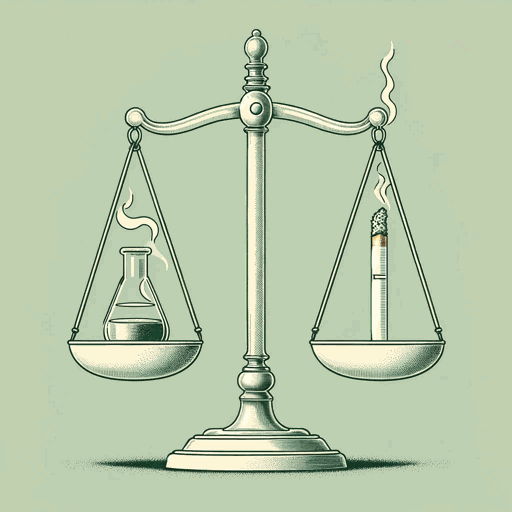83 pages • 2 hours read
Naomi Oreskes, Erik M. ConwayMerchants of Doubt: How a Handful of Scientists Obscured the Truth on Issues from Tobacco Smoke to Global Warming
Nonfiction | Book | Adult | Published in 2010A modern alternative to SparkNotes and CliffsNotes, SuperSummary offers high-quality Study Guides with detailed chapter summaries and analysis of major themes, characters, and more.
Chapter 2Chapter Summaries & Analyses
Chapter 2 Summary: “Strategic Defense, Phony Facts, and the Creation of the George C. Marshall Institute”
By the 1980s, Seitz began increasingly aligning himself with elderly scientific extremists. The tobacco companies were wary of Seitz’s advancing age, but Seitz “found other allies” (36) in the anticommunists of Ronald Reagan’s Strategic Defense Initiative (SDI or Star Wars). Although many scientists believed that no one could win a nuclear war, Seitz and his comrades set out to disprove them. In contrast to Seitz’s academic colleagues, many of whom advocated for arms control, Seitz was fervently pro-nuclear weapons, “believing that the Soviets would use disarmament to achieve military superiority and conquer the West. Seitz’s strident anti-Communism was shared at influential policy think tanks” (37), creating an atmosphere of doubt which would ultimately lead to the arms buildup during the Reagan years.
While Seitz was still involved with tobacco, his colleagues, Jastrow and Edward Teller, defended SDI. When astronomer Carl Sagan argued that an exchange of nuclear weapons would “plunge the Earth into a deep freeze that would devastate the whole planet” (38), the SDI lobby attacked him, creating the George C. Marshall Institute to foster its claims, with Seitz as the founding chairman of the board.
“The Birth of Team B”
Convinced that liberal academics would allow for the Soviets to surpass the United States in military technology, Teller used his status as a member of the President’s Foreign Intelligence Advisory Board to create the appearance of a need for an independent threat assessment of the Soviet Union’s military.


